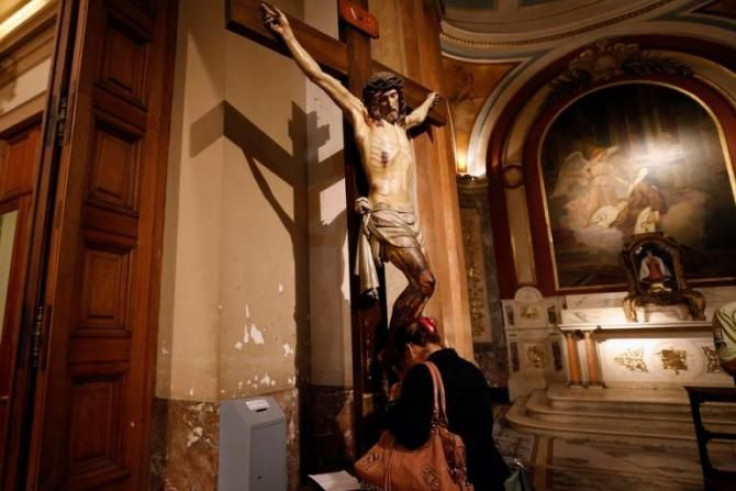St. Joseph’s Day 2016: 10 Facts, History And Traditions For San Giuseppe

While Irish-Americans celebrate St. Patrick’s Day on March 17, March 19 is dedicated to the husband of the Virgin Mary, St. Joseph. One of the ways Italian-Americans celebrate this day with food. To find out more about the holiday, continue reading below:
1. St. Joseph’s Day is popular in the Italian community among Catholics.
2. St. Joseph is the patron saint of Sicily.
3. “St. Joseph’s Table,” which is the altar, is a big part of the ceremony. “La tavola di San Giuseppe,” as it is called in Italian, is decorated with candles, wine, flowers and some “lucky” foods.
4. Lemons, for instance, are considered lucky. A single woman who wants to get married might have a better chance at finding a mate if she steals a lemon from the altar.
5. Fava beans are considered to be lucky since they survived a drought in Italy during the Middle Ages when most other crops died. Some followers say it was St. Joseph, through God, who saved believers from the disaster.
6. Meat is typically absent from the altar when St. Joseph’s Day occurs during Lent. Instead, fish and other seafood are eaten.
7. Breadcrumbs are normally included in side dishes since they represent sawdust, which acknowledges Joseph’s profession as a carpenter. Some say it symbolizes the dry soil during the drought.
8. St. Joseph’s Day is best associated with the pastries served. Popular ones are zeppole (doughnuts) and sfinge (cream puffs).
9. In the same way Irish-Americans wear green on St. Patrick’s Day, Italians wear red on St. Joseph’s Day.
10. The holiday extremely popular in New Orleans, where there are many descendants of Sicilian immigrants who came to Louisiana in the 19th century. It’s no surprise then that the French Quarter earned the nickname “Little Palermo.” Palermo is the capital of Sicily.
Follow me on Twitter @mariamzzarella
© Copyright IBTimes 2024. All rights reserved.












